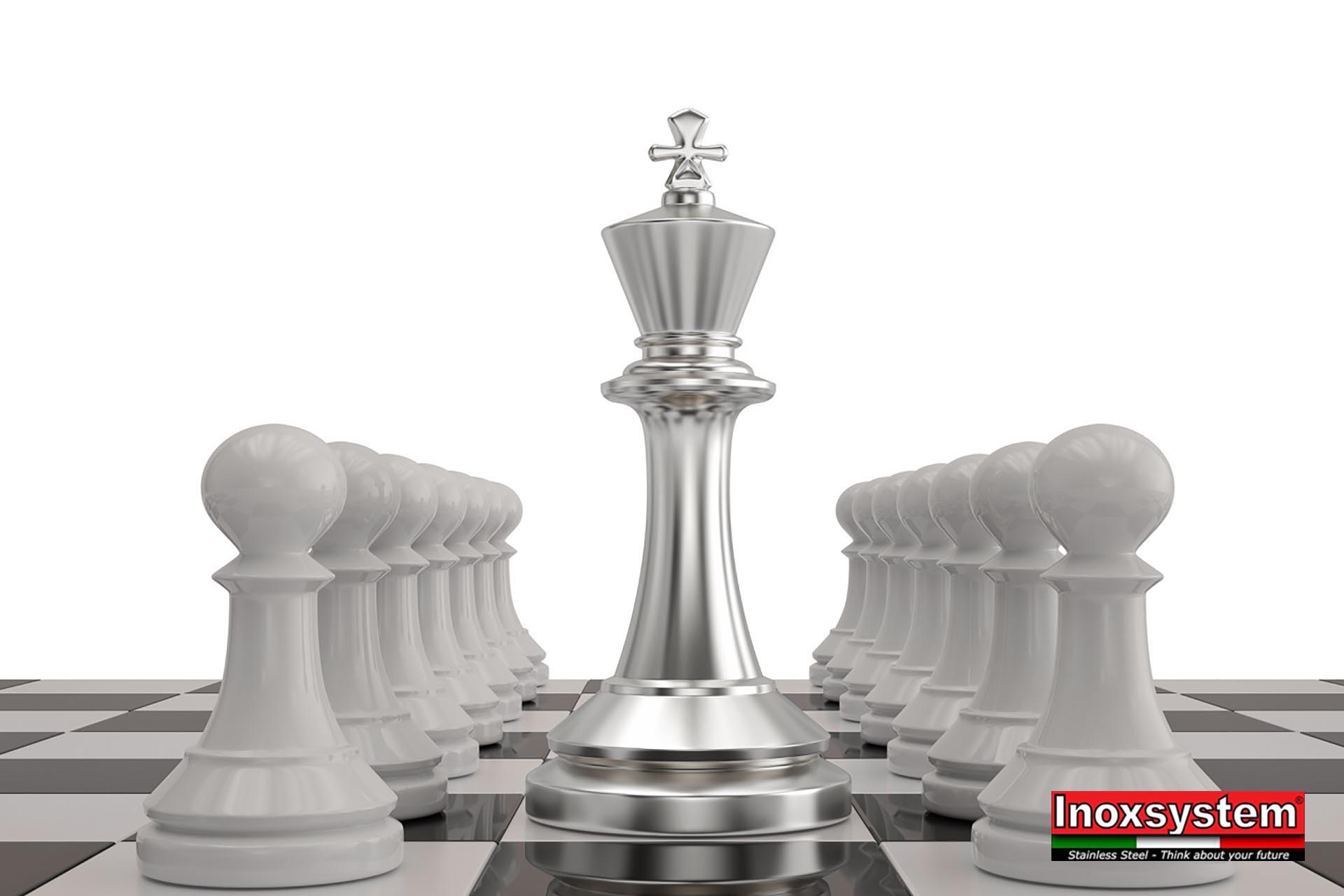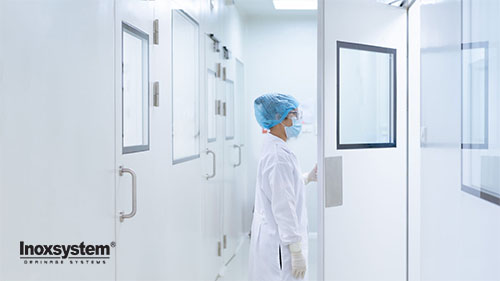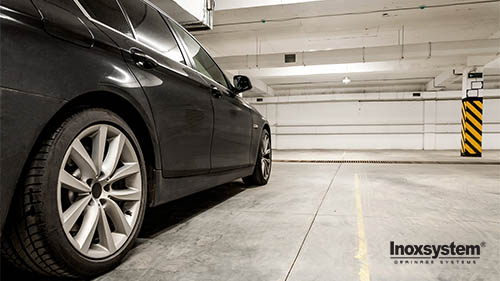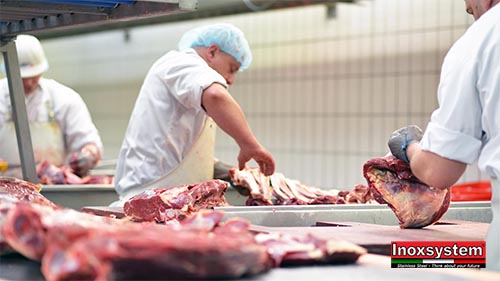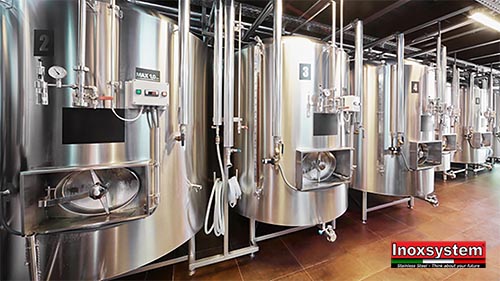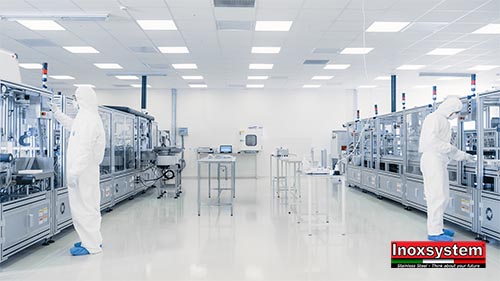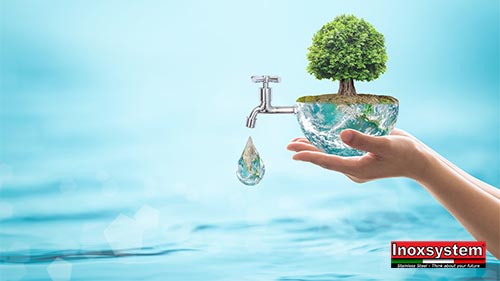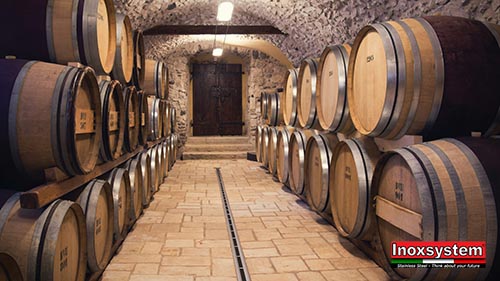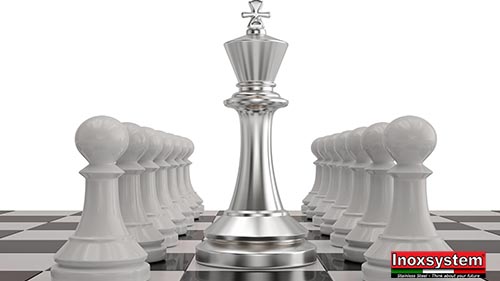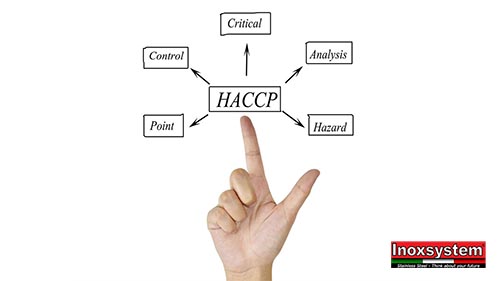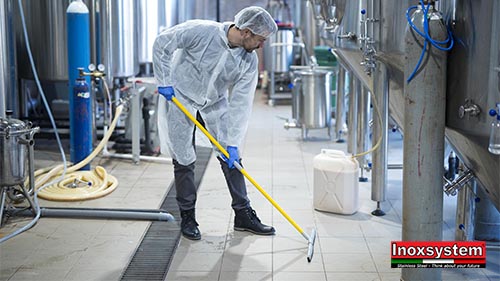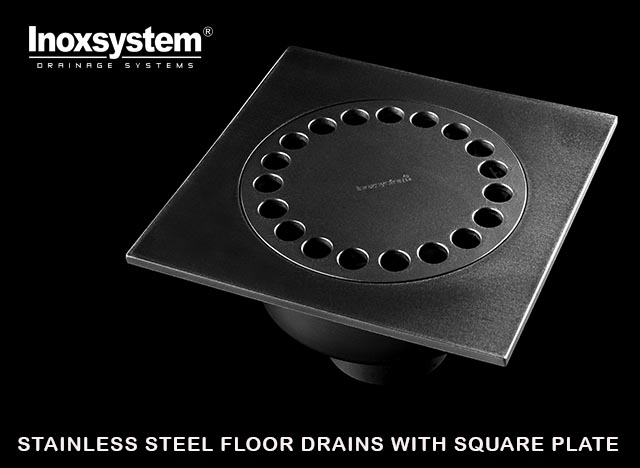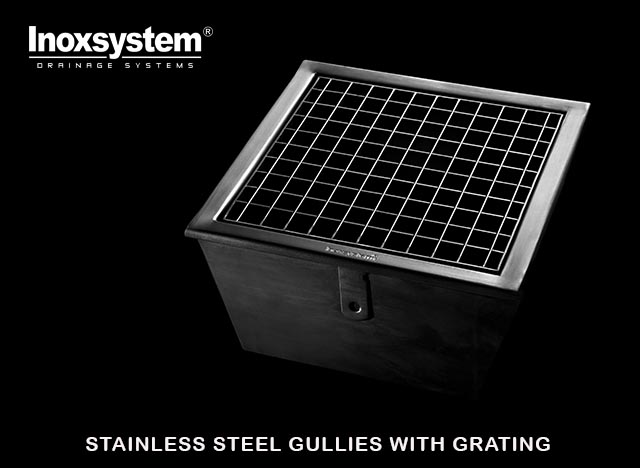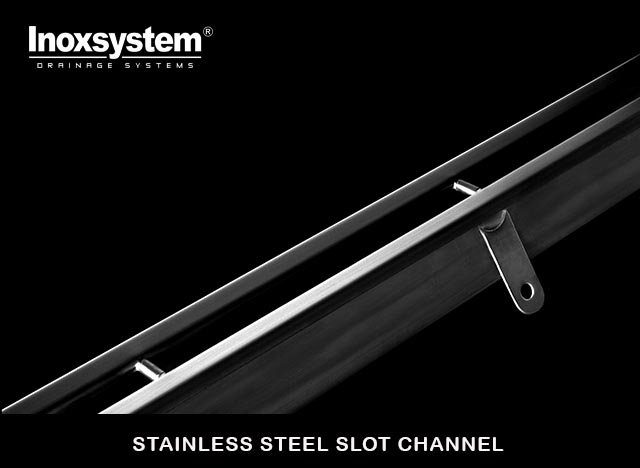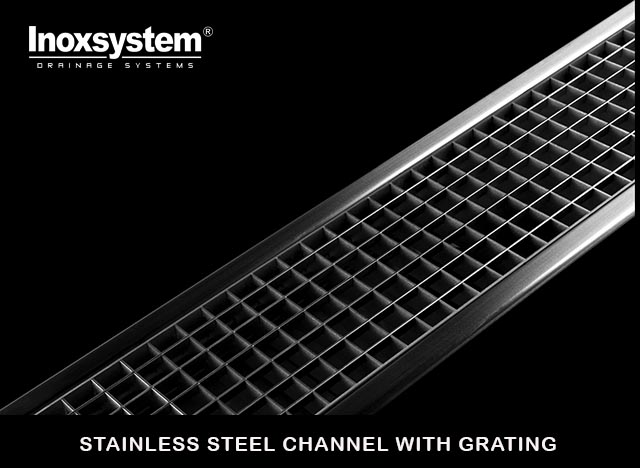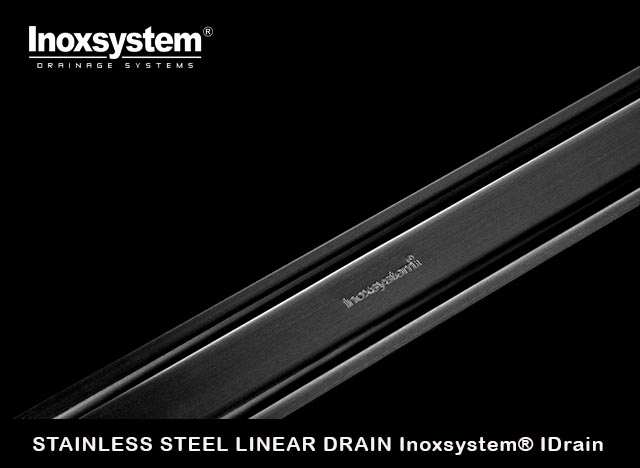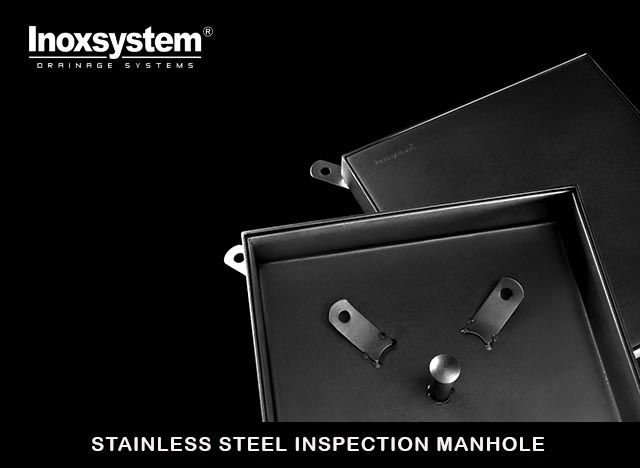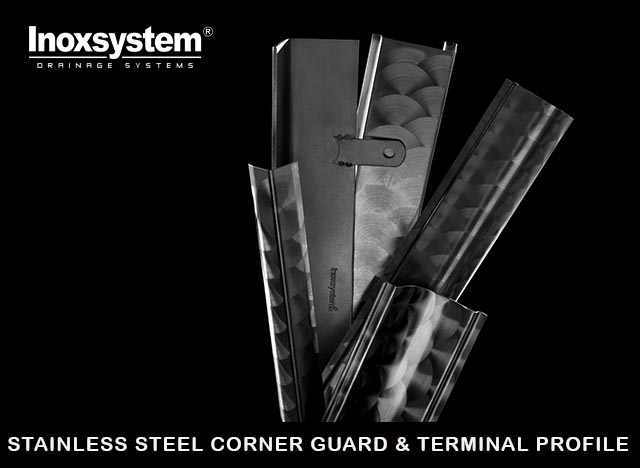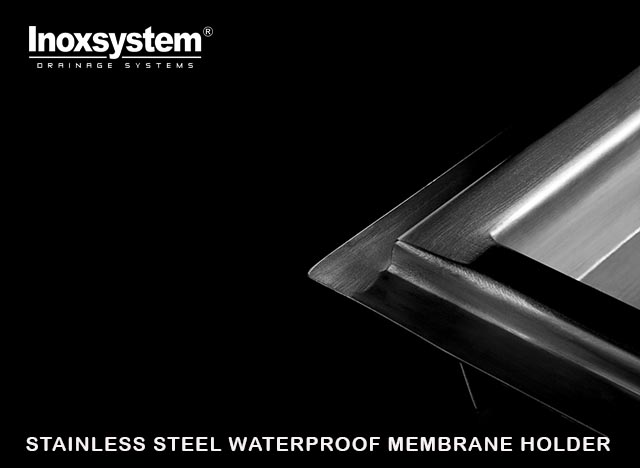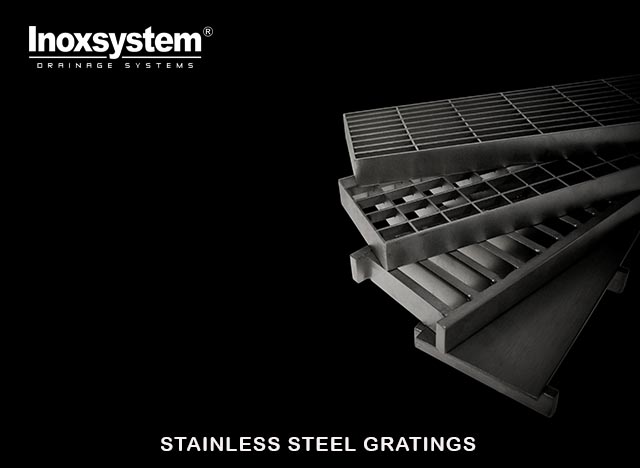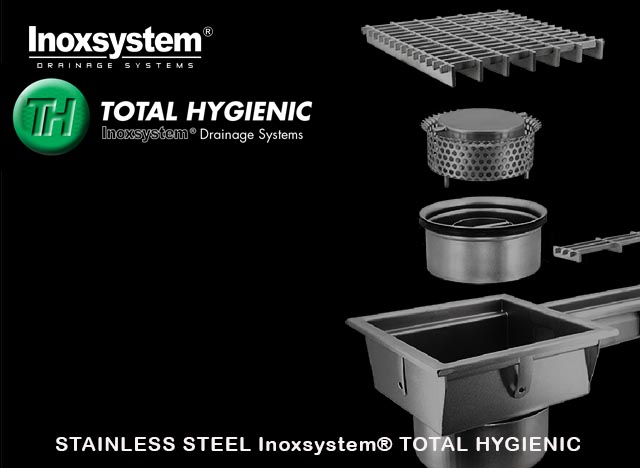His Majesty Stainless Steel and its irresistible advantages
Its discovery is due to the British Woods and Clarks, who patented an acid-resistant iron alloy in 1872. But it was not until 1913 that its industrialization took place, precisely on August 13, when the first sample of stainless steel materialized. The new discovery took place in an electric furnace in the laboratory of the British Harry Brearley, who had been commissioned to search for a new type of steel for the production of military weapons, capable of resisting erosion caused by heat and friction in rifle barrels. That same day the researcher perfected his recipe: 0.24% carbon and 12.8% chromium. Brearley soon realized that this new alloy could have been used in other contexts as well, starting from the production of cutlery and kitchen utensils for which Sheffield, his hometown, was famous. Two years later Brearley’s discovery riveted none other than the New York Times, which published an article praising for the first time the corrosion resistance of stainless steel. Since then, its career has been on the rise, so much so that today it is still holding the record of the most used material in food and pharmaceutical industry, where it knows no rivals when it comes to hygiene and resistance to heavy loads. But stainless steel also knows how to show off all its elegance and with its recyclability proves its sensibility to environmental issues.

Documents, please: here is the stainless steel identity card
Don't worry, we won't go into chemistry lessons. You just need to know that stainless steel greater resistance to oxidation and corrosion, compared to common steels, is due to the absence of carbon and above all to the presence of chromium (at least 11%) which gives it the property of corrosion resitance even in highly corrosive environments. The keyword is passivation: a passive, chromium rich complex, oxide film forms naturally on the surface of steel and quickly reforms if damaged, so protection of the underlying metal is instantaneously re-established. It is to say that stainless steel oxidizes without rusting. Its high resistance to corrosion makes stainless steel the perfect choice to achieve maximum hygiene: non-porous and so easy to clean, it guarantees a high bacterial removal efficiency when cleaning.
No corrosion, maximum hygiene: the perfect combination against bacteria.
After its debut almost a century earlier, at the beginning of 2000 stainless steel hygienic and anti-bacterial properties were discovered and it was first used in food industry, not only for the construction of surfaces and tanks intended to come into contact with food, but also for floor drainage. At that very moment, indeed, drainage systems were first made of stainless steel, and are nowadays used where hygienic performance is essential such as in the food as well as pharmaceutical industry. In Italy Inoxsystem® has been one of the first companies to create a line of drainage systems entirely made of stainless steel, grade 304 and 316 depending on the intended use. AISI 304 is recommended for kitchens, all the food industry (as required by the HACCP protocol), pharmaceutical industry and civil and industrial sector. AISI 316, on the other hand, is the best choice for environments with high salinity, chlorine content and acids at a high concentration. Inoxsystem has pushed its products to maximum hygienic performance creating a top-of-the-range line, Total Hygenic, with removable odor trap and filter basket and antibacterial grating without banding bar, to prevent the accumulation of dirt and therefore the proliferation of bacteria.
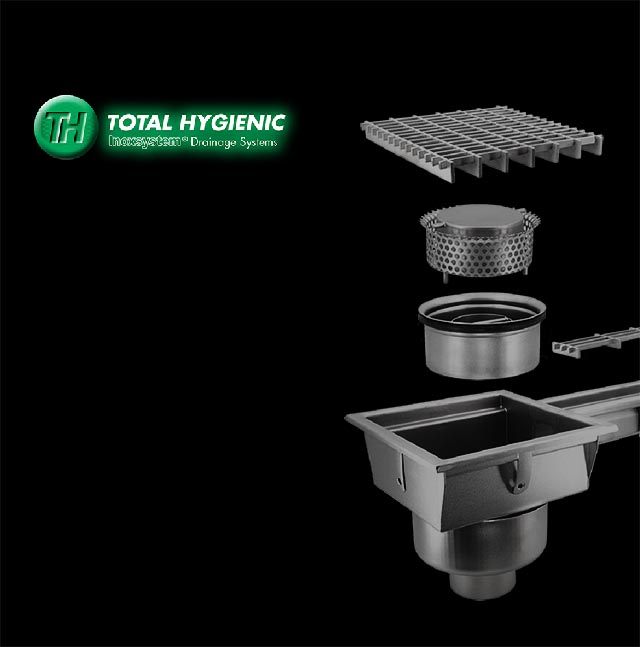
Stainless steel and the secret of its "everlasting" youth.
Stainless steel seems to never age. Indeed, it resists attack from the environment keeping its special qualities intact over time. We have already talked about the “passive” film that acts against corrosion ensuring long-lasting performance, but stainless steel also knows how to combine resistance to corrosion, typical of noble metals, with high mechanical characteristics (breaking load and hardness), typical of steels. That is why it suits and this feature makes it one of the most durable materials on the market, in short, a real excellence in its own right, both in terms of strength and versatility. Need proof? Take a closer look at the Chrysler Building skyscraper in New York, built in 1929. On its top the stainless steel spire still stands out, as indeed the whole upper part of the building, with its almost one hundred years of history.
Stainless steel is always in fashion.
Stainless steel is a “timeless” material: trendy but beyond current trends, it never goes out of fashion. It is the undisputed protagonist of luxury spas and swimming pools, both indoor and outdoor, where functionality must necessarily meet design in an elegant and easy to clean environment. Stainless steel does perfectly meet the beauty standards dictated by design catalogs: with its clean lines and neutral color it can easily blend or become a captivating item which goes beyond a simple piece of furniture. Given an undeniable aesthetic elegance, stainless steel drainage systems can, indeed must, be left in plain sight not only in wellness centers and starred hotels but also in wineries and breweries, as well as terraces and domestic showers.
Why stainless steel is eco-sustainable.
Being included among the hygienic and non-polluting materials, among those “entitled” to come into contact with food says a lot about the relationship between stainless steel and the environment. Eco-sustainability is paramount nowadays and stainless steel is environmentally friendly in all respects. The reasons are more than one and they concern both production and disposal. Compared to other metals and alloys, the amount of energy used for the production of stainless steel is really minimal. Furthermore, thanks to their well known longevity, stainless steel products do not need to be replaces in the short term. Stainless steel feets perfectly into circular economy: it is 100% recyclable and can start a new life cycle almost endlessly with a lot of environmental and sustainability benefits.















